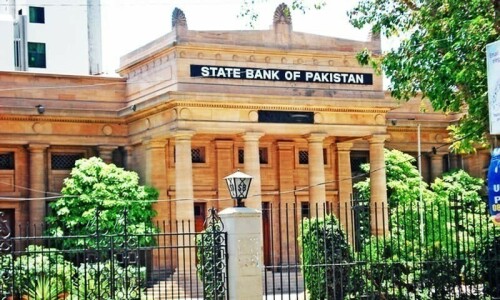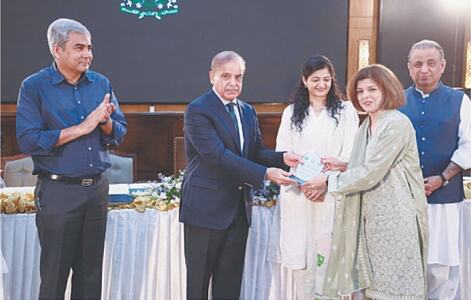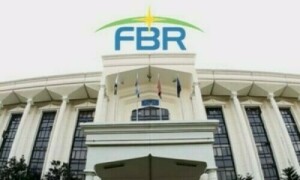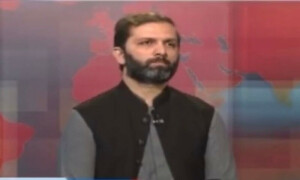PRIME MINISTER Shehbaz Sharif has ordered the ministries concerned to prepare a ‘comprehensive reform programme’ to turn around the agricultural sector on an ‘emergency basis, starting from the next Rabi crop season, to boost productivity, cut food imports and improve farmers’ incomes. If the past is anything to go by, such a plan anticipates a significant increase in subsidies for certain major crops and, maybe, a few minor interventions to fix the supply of chemicals and other inputs. Agriculture is a large and diverse segment of Pakistan’s economy, and its problems are too complex to be dealt with in one cropping season or two. The expected reforms may result in crop output spurts in the short term, but the structural issues facing this, perhaps most important segment of the economy, upon which the nation’s food security depends, will not go away.
Almost a third of the population depends directly on the agricultural economy for its livelihood, which makes the sector the largest employer. Agriculture also contributes almost 20pc to the economic output or GDP, yet it remains neglected, poorly organised and inefficient. Climate change, resulting in frequent droughts, floods, a sudden rise and fall in temperature, etc has in recent years further complicated the challenges for those depending on agriculture for their livelihood. No wonder Pakistan has, in the last one decade, turned into a net importer of food in spite of being a major producer of food crops, hosting one of the world’s largest cattle stocks and being the fifth largest milk producer. In July, Pakistan’s food imports, including wheat and palm oil, topped $760m, compared to exports, mainly rice, of $358m. One can say that decades of misplaced policy and fiscal interventions on behalf of a small number of large landholders in the agricultural sector are the main reason behind the growing rural poverty, low crop value addition and rising food insecurity. That agriculture policy tools like incentivising certain crops through price-fixing, zoning regulations, etc are used to protect the financial interests of big landlords, speculators, middlemen, and so on is well known. Likewise, we also know that only a fraction of cash or price subsidies reaches the smallholder and landless farmers. If this sector is to be turned around and to contribute to economic growth, the government will have to radically overhaul its agricultural policies, keeping smallholder farmers at the centre. There is no shortcut to food security and economic prosperity.
Published in Dawn, August 22nd, 2022








































